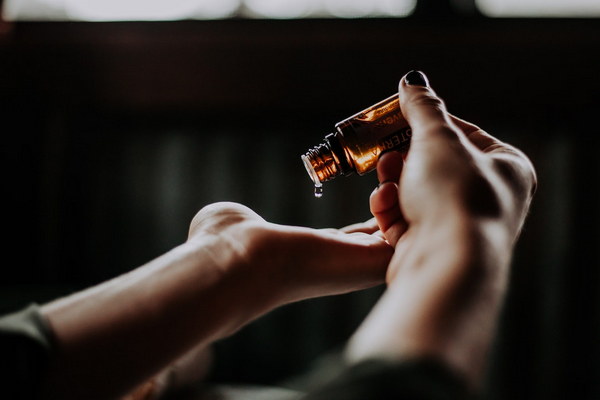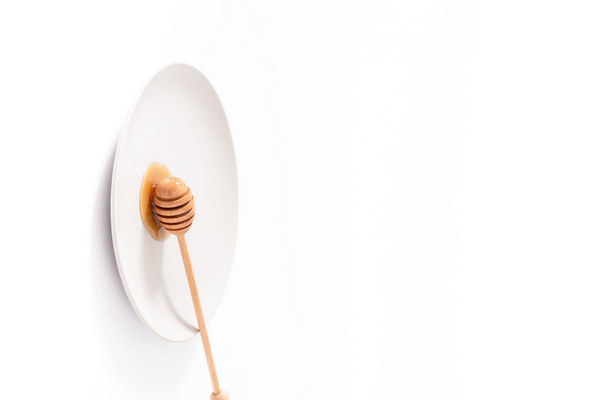The Dilemma of Accidental Moisturizer Ingestion A Guide to Understanding and Managing the Situation
Introduction:
Accidental ingestion of moisturizer is a common concern for many, especially with the increasing use of skincare products in everyday life. While moisturizers are generally safe for external use, accidental swallowing can lead to unexpected health issues. This article aims to provide information on what to do if someone accidentally ingests moisturizer, its potential risks, and steps to manage the situation effectively.
1. Understanding Moisturizer Composition:
Moisturizers are formulated to hydrate the skin and provide a protective barrier. They often contain ingredients such as water, emollients (oils), humectants (moisturizing agents), and preservatives. Some moisturizers may also include fragrances, dyes, and additional active ingredients like retinoids or antioxidants.
1.1. Potential Risks:
While most moisturizers are safe for external use, certain ingredients can pose risks if ingested. For instance:

- Emollients: Oils like mineral oil, petrolatum, and dimethicone are generally safe, but excessive intake can cause gastrointestinal irritation and diarrhea.
- Humectants: Ingredients like glycerin and hyaluronic acid can draw water into the digestive system, potentially leading to diarrhea and stomach cramps.
- Preservatives: Parabens, phenoxyethanol, and formaldehyde are added to prevent microbial growth, but they can cause irritation if ingested in large quantities.
- Active Ingredients: Certain active ingredients, such as retinoids and antioxidants, may be harmful if ingested, especially in high concentrations.
2. Recognizing the Symptoms:
If someone accidentally ingests moisturizer, it is crucial to identify the symptoms promptly. Common symptoms may include:
- Nausea
- Vomiting
- Diarrhea
- Abdominal pain
- Headache
- Dizziness
3. Immediate Actions:
- Call for emergency medical help: If the person is experiencing severe symptoms, such as difficulty breathing, severe abdominal pain, or altered consciousness, call emergency services immediately.
- Encourage vomiting: If the ingestion occurred within the past 15-20 minutes, a healthcare professional may recommend induce vomiting to expel the moisturizer from the stomach. Do not attempt this without medical guidance.
- Provide water: Offer water to the person to help dilute the moisturizer and reduce irritation.
4. Follow-Up Actions:
- Monitor symptoms: Keep an eye on the person's symptoms and report any worsening or new symptoms to a healthcare professional.
- Seek medical attention: If symptoms persist or worsen, consult a healthcare provider for further evaluation and treatment.
- Educate on skincare products: Inform the person about the importance of reading labels and being aware of potential risks associated with skincare products.
5. Prevention:
- Keep moisturizers out of reach: Store skincare products in a safe and secure place, especially if there are children or pets at home.
- Use childproof containers: Opt for childproof packaging for skincare products to reduce the risk of accidental ingestion.
- Educate family and friends: Spread awareness about the potential risks of moisturizer ingestion to help prevent future incidents.
Conclusion:
Accidental ingestion of moisturizer is a concern that can be mitigated through awareness, education, and proper storage. By understanding the composition of moisturizers, recognizing symptoms, and taking immediate action, individuals can manage the situation effectively and minimize potential health risks. Remember, seeking medical advice is crucial in case of accidental ingestion to ensure the person's well-being.









